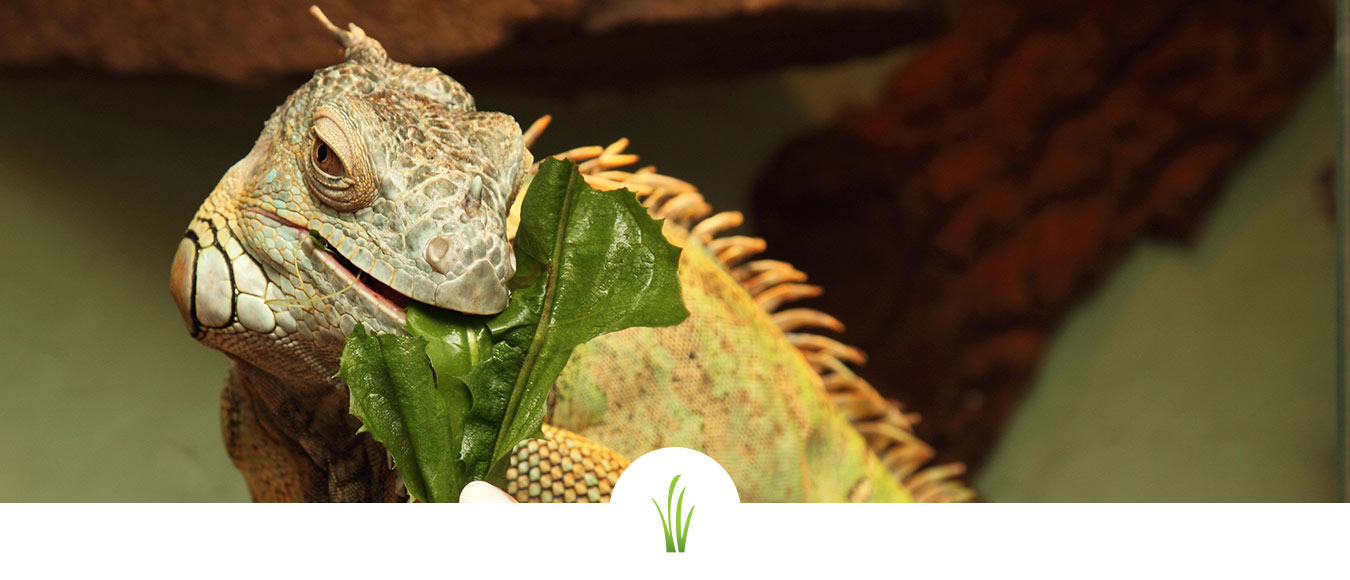Reptile Food: A Guide to Feeding Your Pet Reptile
Blog by Chelsea Carey, Reptile Expert

Selecting appropriate reptile food for your pet is only the beginning of keeping a happy, healthy reptile. Your cold-blooded buddy has subtle dietetic requirements that are critical to her health. Understanding and appreciating the process of properly feeding pet reptiles and common reptile eating habits helps you provide the best possible care for your lizard, snake, or turtle.
How Often Should You Feed Your Pet Reptiles?
Keep these two things in mind regarding the timing of feeding your reptile:
- Feed your reptile when she’s most active. Feeding reptiles at appropriate times is vital in preventing nutrition imbalance and obesity. No one likes to eat when they’re not hungry or the minute they wake up. The same goes for your pet reptile. Eating when she’s cold and groggy isn’t appealing. Do some research on the species of your pet to find out what time of day she’s most active.
- The frequency of meals is as important as the time of day. Find out how often your pet’s species is accustomed to eating. Your pet reptile may eat several times a day or only a few times per month.
Provide your pet reptile food when she’s fully awake and warm. Reptiles may not enjoy that morning cup of coffee, but they do enjoy a little time to bask before digging into breakfast.
How to Feed Your Pet Reptile
Turn on the lamps and heating devices in your pet’s enclosure and give her a few moments to warm up. Place your hands in her environment or gently touch her so she becomes used to associating your presence with meals.
Whether the reptile food you provide is a plant, an insect or meat, start small. Reptile eating habits vary, and some reptiles overfeed if allowed. Feed your pet an appetizer-sized portion of the meal before providing the rest. Check the standards for your pet’s species to find out how much food she should eat at once.
Reptile eating habits may include:
- Sedate munching from a bowl
- Chasing floating pieces of fish
- Nibbling on wheat grass
- Hunting crickets
Important Details on Feeding Pet Reptiles:
- Clean and refill water daily.Carefully wash reptile food before offering.
- Thaw frozen reptile food, like insects or rodents, ahead of time, but do not heat!
- Don’t cook your reptile’s food or she’s likely to reject it.
- Check wheatgrass or other greens for mold and discard any that look limp or stale.
- Some reptiles refuse to eat thawed rodents unless they’re presented as if they were alive. Use tongs, not your hands, to dangle and move the food so your pet reptile may strike and consume the proffered morsel as she would naturally.
Feeding reptiles properly and understanding reptile eating habits contributes greatly to the health and happiness of your pet.